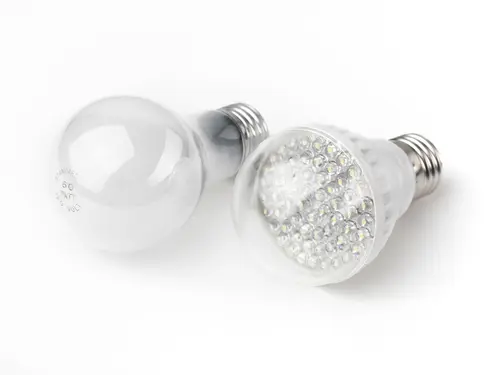The push toward sustainability and energy efficiency has become prevalent in most aspects of modern life during the past decade. Concerns over the future of the world's energy supplies have led to various initiatives focused on the implementation of energy efficient utility use in commercial and residential buildings. One of these, the U.S. Department of Energy's Better Buildings Challenge, may be of particular interest to companies that are looking to implement green lighting solutions.
In early 2013, a number of major businesses – Sprint, Johnson's Controls and Macy's – committed to the requirements outlined in the Better Buildings Challenge and greatly reduced their energy use as a result of such efforts. While not all companies will have the budgets to make these kind of upgrades on the same level as the multinational corporations named above, it will still be worthwhile for them to learn about the tenets of the program. Lighting manufacturers may also want to more aggressively market to businesses that are interested in this or other similar initiatives.
Background of the program
The Better Buildings Challenge began in 2011, launched by President Barack Obama and overseen by the DOE. As of early 2013, over 110 organizations are participating in the program, having taken out $2 billion total in financing for energy efficiency upgrades and improvements. These participants run the gamut from heavy manufacturers and financial institutions to utility companies and municipal governments (on the state, county and local levels).
It is hoped that by 2020, the Challenge will have led to a 20 percent increase in energy efficiency among all industrial and commercial structures in the United States. If this occurs, the DOE claims that it will facilitate savings of approximately $40 billion each year – across all industries that include businesses participating in the program. That would make a major dent in the annual $200 billion worth of energy currently used in the industrial and commercial sectors.
Other major companies and organizations that have taken part in the initiative include aluminum manufacturer Alcoa, hotel management firm HEI Hotels and the government of Atlanta, Georgia (the latter working in conjunction with a wide variety of city businesses to increase efficiency).
Recent Challenge efficiency success stories
The examples set by Johnson's, Sprint and Macy's, as the latest participants in the Challenge, are certainly inspiring. Respectively, the firms have pledged to reduce energy use 25 percent by 2019, 20 percent by 2017 and 20 percent by 2020. Methods used by these businesses to help achieve such goals include close monitoring of energy output and the use of smarter energy saving solutions.
Macy's strategy will be most heartening to providers of LED-based efficient commercial lighting products. In addition to its other methods for lowering energy use, the department retailer has turned to LED bulbs on a massive scale, installing over 1 million of them as replacements for traditional lights in its various facilities throughout the past three years. The 70 percent reduction in energy consumption brought about by this change is a hugely significant example of what LEDs can do.
While plenty of companies don't have the budget to install LEDs by the millions or even necessarily by the thousands, the cost-efficiency benefits and long life the bulbs offer are virtually too important to ignore. Providers of LED lighting systems could consider offering specific discounts to companies that choose to take part in the Challenge or similar initiatives.





